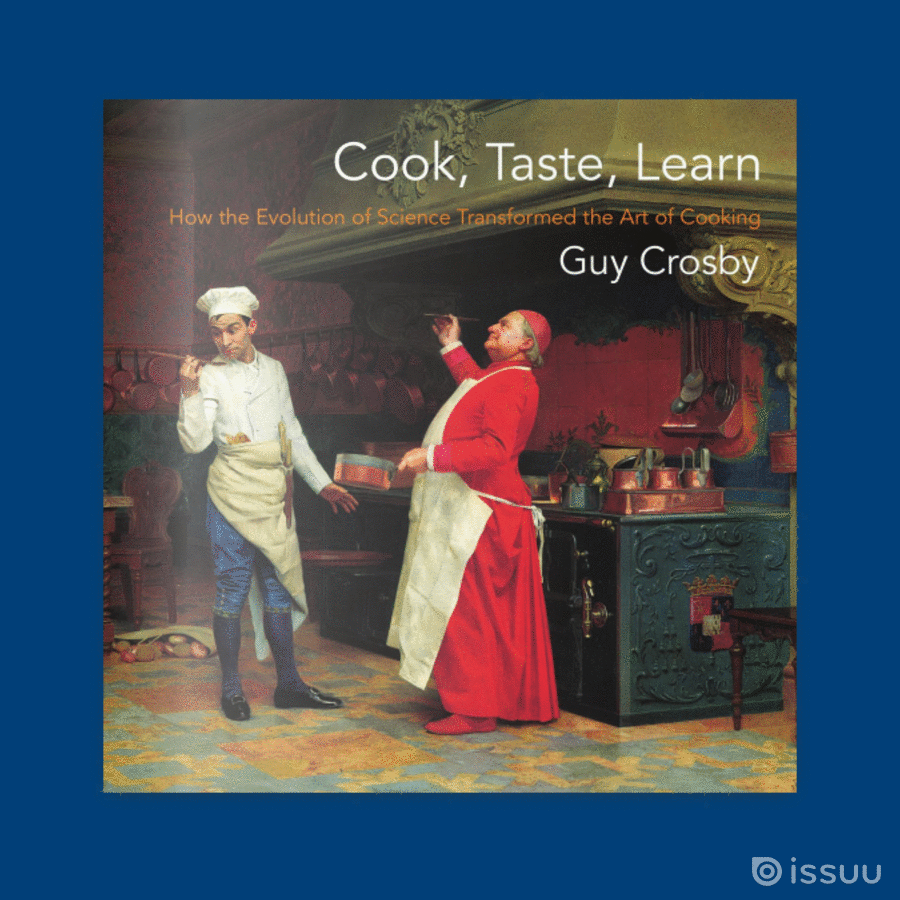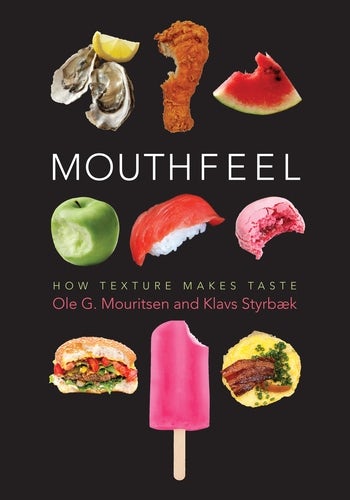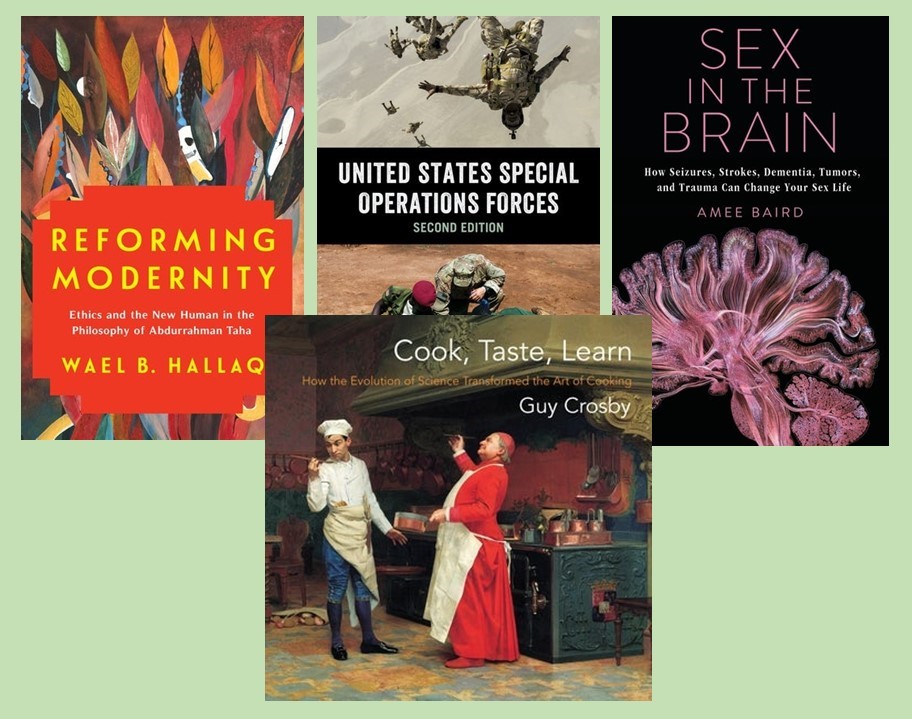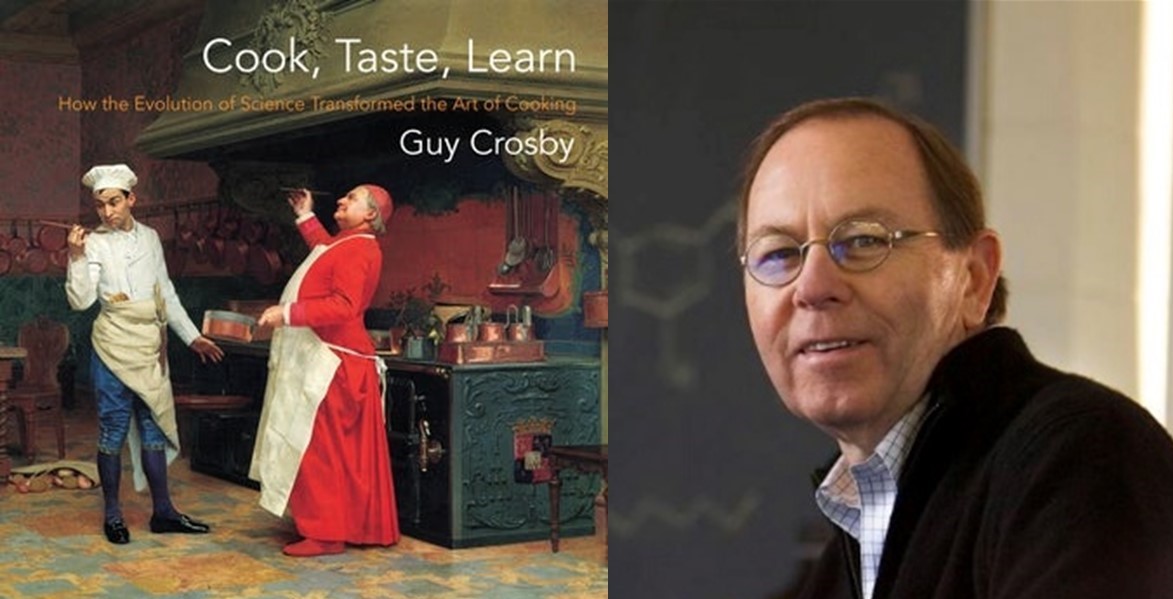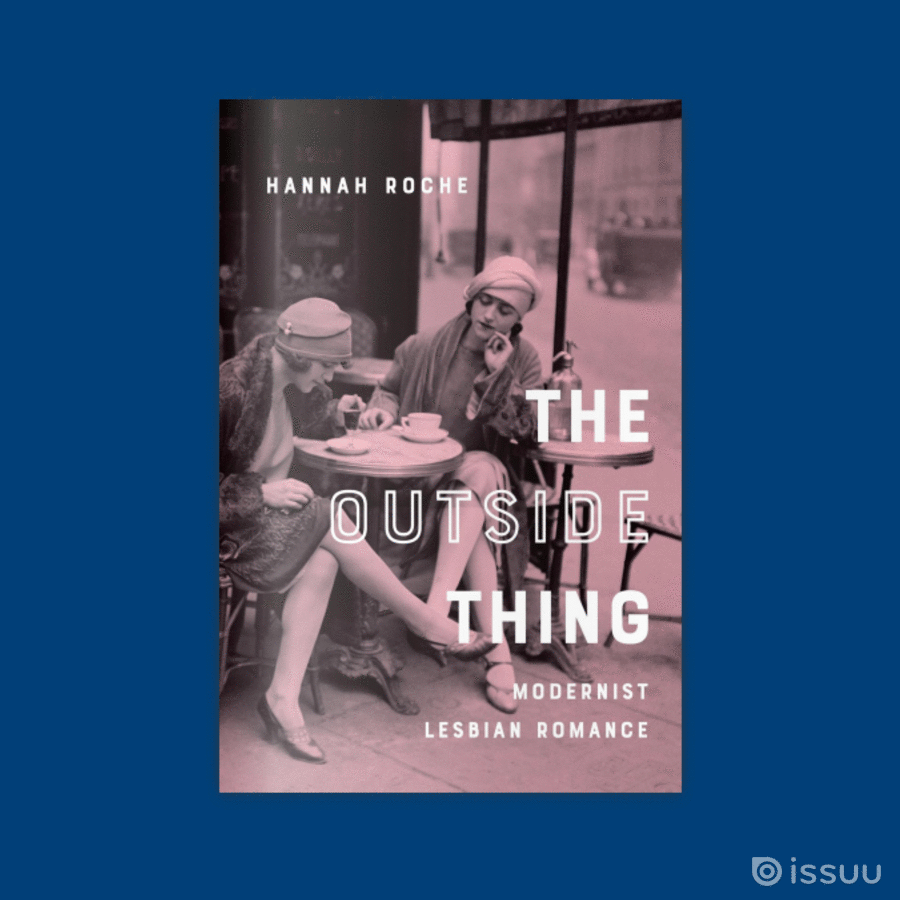Book Excerpt! Christine’s Rich Brown Gravy
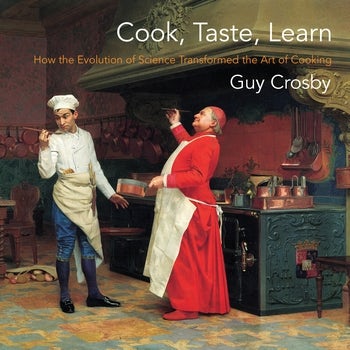
“Cook, Taste, Learn entertains with a smorgasbord of curious facts, delightful explanations, and fun recipes. What is so special about olive oil? Why use one kind of potato for baking and another for boiling? How does one make scrambled eggs fluffy? Crosby’s history of cooking provides a riveting education for your inner chef.”
~Richard Wrangham, author of Catching Fire: How Cooking Made Us Human
Our Thanksgiving gift to you is a savory recipe for your holiday dinner. No great holiday feast is complete without a decadent side of gravy and Guy Crosby, author of Cook, Taste, Learn: How the Evolution of Science Transformed the Art of Cooking, has you covered with this recipe. Learn how to take your gravy to the next level this holiday season with “Christine’s rich brown gravy,” featured in chapter 3. Explore the exciting evolution of cooking and discover more delicious recipes with your copy of Cook, Taste, Learn.
Try your holiday luck by entering this week’s drawing for a chance to win a copy of the book.
• • • • • •
It is hard to imagine a Thanksgiving dinner without friends, relatives, and Christine’s rich brown gravy. My wife, Christine, has made her gravy the same way for decades, and in all those years, I have never tasted a more delicious rich brown gravy that so beautifully complements the roasted turkey, stuffing, and mashed potatoes. It also elevates any leftovers to a new level, so make enough to have some in reserve.
One of the secrets to the delicious flavor is the homemade turkey stock, building on the rich savory gravy-enhancing flavor of finely chopped onions simmered for several hours. Any stock recipe that uses a whole or quartered onion and doesn’t call for simmering the stock for at least several hours (2–4 hours is best) just won’t be nearly as good. The stock is then thickened with a roux made of flour and fat in which the starch from the flour gelatinizes with heat, thickens, and stabilizes the fat and water emulsion until it is velvety smooth.
Finely chopping the onion damages countless cells, causing the release of an enzyme called alliinase that reacts with a natural compound in onions called isoalliin to rapidly produce propanethial- S-oxide (PSO), the tear-causing compound. When the finely chopped onion is cooked in water for several hours, the prolonged gentle heating slowly transforms the PSO into a new compound, 3-mercapto-2-methylpentan-1-ol (MMP), which is water soluble. Of the nearly fifty flavor compounds identified in brown gravy produced from beef, pork, or vegetables and finely chopped onions, this simple compound has been shown to have the greatest impact on the savory, meaty flavor of gravy even though it is formed in only minuscule amounts. The more finely chopped the onion, the more PSO and MMP produced. Leaving the onion whole or only cutting through it (as when halving or quartering) produces very little PSO. Your eyes won’t tear up, but neither will you produce the compound responsible for the intense, savory flavor of rich brown gravy.
The same process can be used to make gravy for roasted chicken, beef, or pork or vegetable-based gravy. For roasted chicken, use the chicken parts included in the bag found in the cavity of the chicken to make the gravy. Scraps of beef or pork with bones can be used to make beef or pork gravy, and a vegetarian version of gravy can be made with umami-rich ingredients such as mushrooms in place of the poultry or meat in the stock and vegetable oil in place of the animal fat in the roux.
INGREDIENTS:
- 1 medium onion, finely chopped
- 1 carrot, peeled and cut into small disks
- 1 celery stalk and some leaves, chopped
- 1 turkey neck and bag of giblets (gizzard, heart, and liver) provided inside the
turkey - 1 tsp. salt
- 2 Tbsp. all-purpose flour
- 1 Tbsp. Gravy Master (optional)
- Yield: 4 cups
DIRECTIONS:
The total preparation time is about 3 hours, performed while the turkey roasts and rests. To make the homemade turkey stock, place 4 cups of water in a 2-quart saucepan, and add the onion, carrot, and celery. Submerge the turkey neck and the giblets in the liquid, and add the salt. Bring the water to a slow simmer, and continue to cook uncovered for at least 2 hours, adding water as needed to maintain a fairly constant level in the pan. Strain the hot stock into a large bowl or 1-quart measuring cup, discard the solids, and reserve the stock until the turkey is removed from the oven.
While the turkey rests, pour the drippings from the roasting pan into a fat separator. Make sure to leave any fond (pan scrapings and brown bits) in the pan. Return the defatted drippings to the pan, and reserve 2–3 tablespoons of the fat for making a roux. Add the strained stock to the pan, bring the mixture to a gentle simmer, and scrape up all the fond to distribute it thoroughly into the stock. Meanwhile, make a roux in a small saucepan by thoroughly mixing about 2 tablespoons of the reserved turkey fat with the flour and heating the mixture until it is light golden brown in color.
Whisk the roux into the simmering drippings-stock mixture until the roux is evenly dispersed and there are no visible lumps. Slowly simmer the gravy for about 30–45 minutes, until it is velvety and thick enough to coat the back of a spoon.
If you like darker brown gravy with notes of caramel and umami, slowly add Gravy Master a little at a time (be careful not to add too much—a little goes a long way) until the desired color is reached. It also adds to the flavor if you have limited drippings with too little fat (which depends on the size of the turkey and the temperature of the oven). Add salt and pepper to taste.
Explore more books in the Arts and Traditions of the Table: Perspectives on Culinary History series, and save 30% when you order from our website by using coupon code: CUP30 at checkout!

